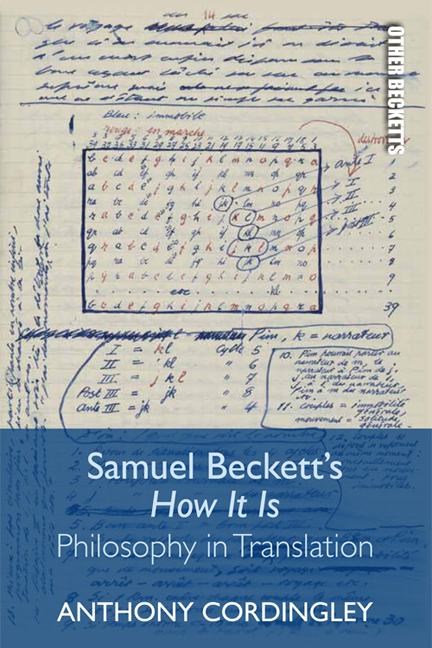Book contents
- Frontmatter
- Contents
- List of Illustrations
- Series Editor’s Preface
- List of Abbreviations
- Dedication
- Introduction
- 1 A Poetics of Translation: Dante, Goethe and the Paideia
- 2 Pythagorean Mysticism/Democritean Wisdom
- 3 The Physical Cosmos: Aristotelian Dialectics
- 4 From the Cradle to the Cave: A Comedy of Ethics from Plato to Christian Asceticism (via Rembrandt)
- 5 Mystic Paths, Inward Turns
- 6 Pasca l’s Miraculous Tongue
- 7 Spinoza, Leibniz or a World ‘Less Exquisitely Organized’
- Acknowledgements
- Bibliography
- Index
1 - A Poetics of Translation: Dante, Goethe and the Paideia
Published online by Cambridge University Press: 23 April 2021
- Frontmatter
- Contents
- List of Illustrations
- Series Editor’s Preface
- List of Abbreviations
- Dedication
- Introduction
- 1 A Poetics of Translation: Dante, Goethe and the Paideia
- 2 Pythagorean Mysticism/Democritean Wisdom
- 3 The Physical Cosmos: Aristotelian Dialectics
- 4 From the Cradle to the Cave: A Comedy of Ethics from Plato to Christian Asceticism (via Rembrandt)
- 5 Mystic Paths, Inward Turns
- 6 Pasca l’s Miraculous Tongue
- 7 Spinoza, Leibniz or a World ‘Less Exquisitely Organized’
- Acknowledgements
- Bibliography
- Index
Summary
To analyse How It Is once seemed impossible without considering Dante's Inferno. Beckett's notes to Comment c’est in the ‘Été 56’ notebook (reproduced in the critical-genetic edition) contain the unambiguous entry: ‘Enf., Purg. Paradis’ (199), but if Part 1 of the novel might be a descent into the Inferno, there is no ascent to heaven in Part 3. Rather, the book is structured around an unresolved dialectic between the one and the many, between the solitary ‘I’ whose narrative may or may not be how it is, and his sense that he is part of a purgatorial cycle of bodies that rotate and collide beneath a realm of light, suspended in a plane of mud that threatens to consume them. The encounter with Pim offers the measure by which the narrator/narrated gauges events: ‘the journey the couple the abandon’ (21). This banal expression of Romance barely accommodates the complex narrative relationships of voice, memory and recitation, and the structure of the Commedia is not particularly useful as reference. Comment c’est might have begun with the intent of engaging with the Commedia, yet its journey into the underworld became no brief sojourn but rather the enduring record of how it is. Fragments of the Commedia circulate amongst other residua; and digested voices become matter, the mud itself, to be chewed over, excreted, retasted, reborn. Even when they lose their Dantean bearings, elements of the Commedia persist in the narrator/narrated's discourse within a poetics that shapes new images out of past fragments, for Beckett uses the Commedia as a painter might colour, allowing selective features of representation to assume new symbolic meaning within a personal vision.
Yet Dante's Inferno effectively illuminates the murky universe of How It Is. Commentators were quick to notice the resemblance of Beckett's creatures crawling through the boue (mud) to the Sullen and Slothful punished in Canto 7 and the Wrathful of the fifth circle of hell. A lasting scholarly perception that this is Beckett's most Dantean text is often coupled with Beckett's epigraph from Leopardi to the 1931 edition of Proust: ‘e fango è il mondo’ (and mud is the world).
- Type
- Chapter
- Information
- Samuel Beckett's How It IsPhilosophy in Translation, pp. 16 - 43Publisher: Edinburgh University PressPrint publication year: 2018



